18.11.2015
WHAT THE fUK?
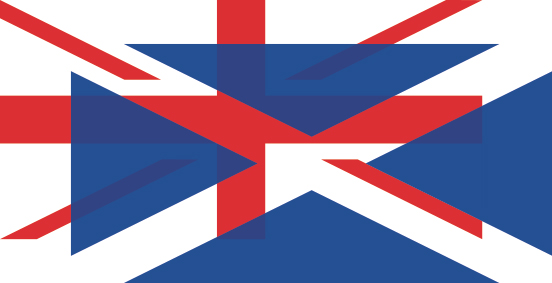
According to Reuters, in the autumn of 2014, the Scottish will hold a vote on independence, which could herald the break-up of Britain. The vote is timed to be on the 700th anniversary of Bannockburn a famous victory of the independent Scots against the invading English.
If the vote for independence is successful, we will no longer be a United Kingdom - since the two kingdoms - Scotland and England are both kingdoms - will be disunited. The worst aspect of this is that we can no longer legally be known as the United Kingdom, so if there is no immediate back-up idea, just like the Former Yugoslavia, we will become the Former United Kingdom. Or fUK.
Whilst you are absorbing that...
The flag of the UK, created in 1707, to symbolise the "United Kingdom of Great Britain" will have to go.
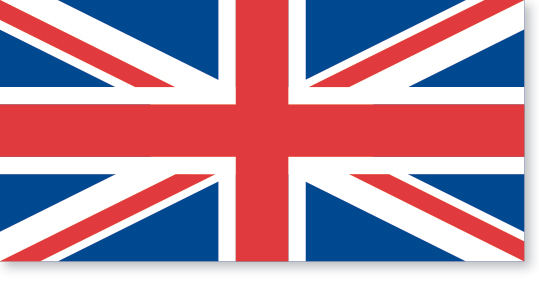
The Union Jack, as the flag is colloquially known, is an amalgam of the flags of England, Scotland and Northern Ireland. In the sequence we show here: Scotland's saltire of St Andrew, England's cross of St George, and Northern Ireland's saltire of St Patrick. Wales ... simply doesn't exist. The two saltires have been made thinner so they don't cancel one another out, hence all that geometric complexity.
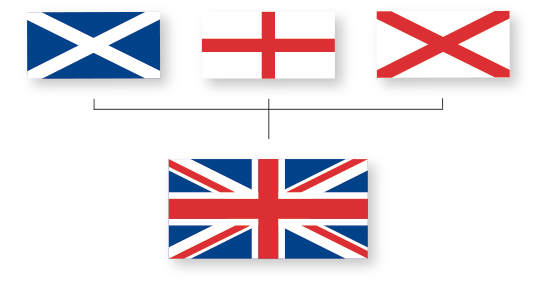
Although David Cameron calls the UK "countries within a country" the countries are not equal. England is a kingdom, Wales is a Principality, with Prince Charles as its Prince, and Northern Ireland is described variously as a "province" and a "territory". Somehow Wales fails to appear in any form on the flag, Ireland gets thinned out, and Scotland trumped by the big red cross of St George. Back in 1707, the other kingdom, Scotland was profoundly unhappy, and produced their own design with the white saltire dominant, which they cleverly wanted to use north of the border.
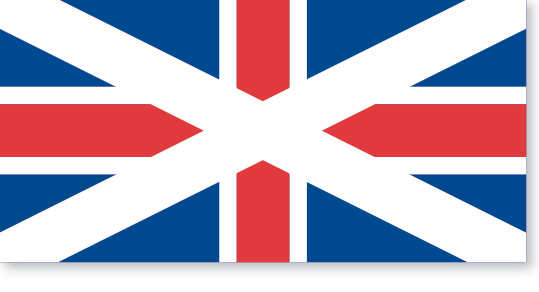
This issue of dominance is an old issue, it's interesting to look at the sketches of the Earl of Nottingham, four hundred year old design ideas, trying to reconcile two crosses (always with the red dominant), dating as early as 1604, a hundred years before the Union Jack, when James I first wanted to unite Scotland and England.
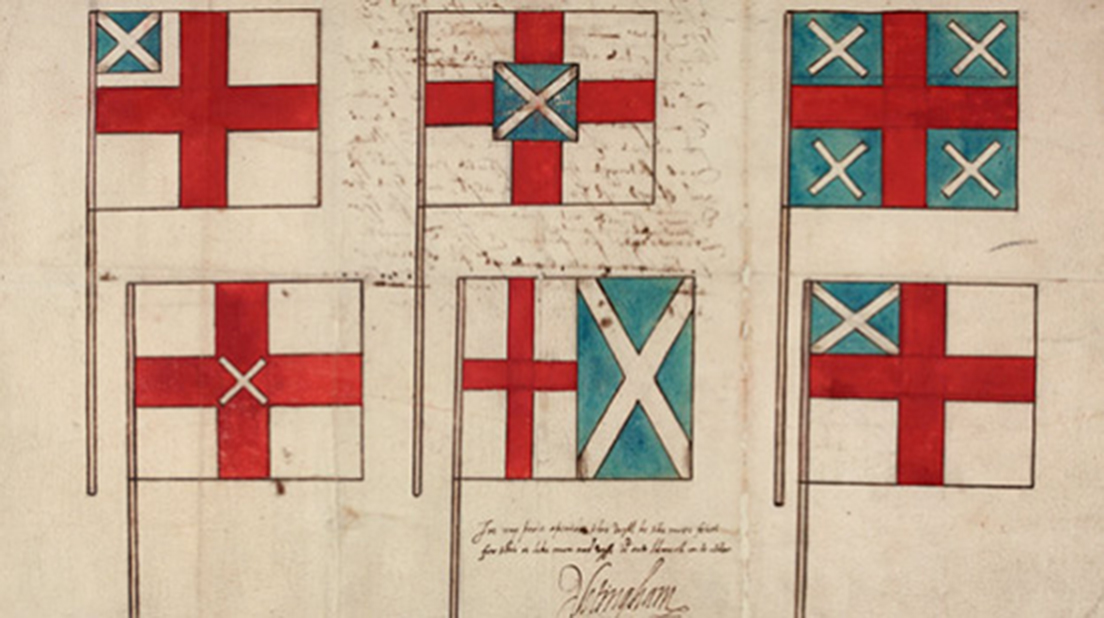
There is another interesting effort of amalgamation, dating from 1653, when Britain had no King. Much like France, which needed a new flag when it rid itself of King Louis XVI in 1793, Oliver Cromwell wanted the Commonwealth to have a new start. (That wonderful word Commonwealth, with its prototypical egalitarian implications, dates from this time.) The lion in the centre is Oliver Cromwell's own coat of arms ... he went on to act almost as a king, even being succeeded his son Richard Cromwell, who by all accounts was not what his father was, and fell from power, being known ever after as "Tumble-down Dick".
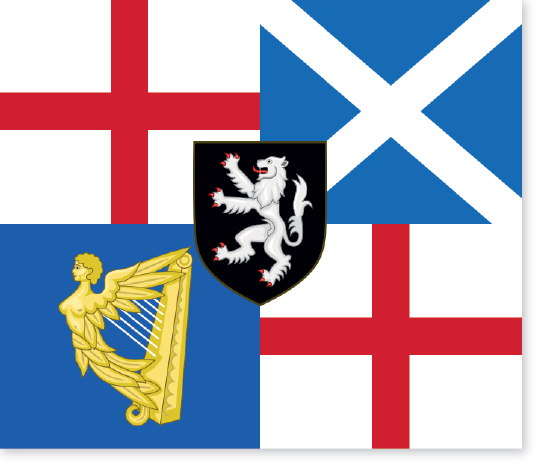
At last the point of this post: a piece of thinking about what the design of the new flag replacing the Union Jack could be.
We aren't the first. There is some background and some ideas on The Guardian site. And if your interest is really peeked, googling will reveal more. (But I doubt anyone has been as thorough as us.)
Before we begin, as is my want, a diversion.
If it seems ambitious to think about the flag for, using David Cameron's surprisingly clever phrase, "countries within a country" - that is nothing compared to designing a flag for the whole world!
This is the task that the magazine Adbusters set a few years ago. 2008 I think? You can read about the competition here. I have an ambivalent attitude to Adbusters, I find it paradoxical to be anti branding and anti commercial whilst building a brand and making money ... But I love challenges, and wanted to think about a flag to represent the entire world. One thing I found very strange, especially for an anti-establishment we know better right-on crew, was that every single one of the seven judges for this new emblem for the whole of humanity was male, and white.
About as establishment (and by that we mean racist and misogynistic, don't we?) as it is possible to be. Even Vogue would have noticed how skewed and unrepresentative that was. I wasn't the only one to notice, and Adbusters reshuffled the jury to include some members of inferior ethnicities and sexes. Anyway. My two flag designs are below. (You can google the winner that the Not All White Not All Male Jury chose here, but good luck, I couldn't find it, any link I followed to Adbusters met with "access denied". It was sky I think. Clever.)
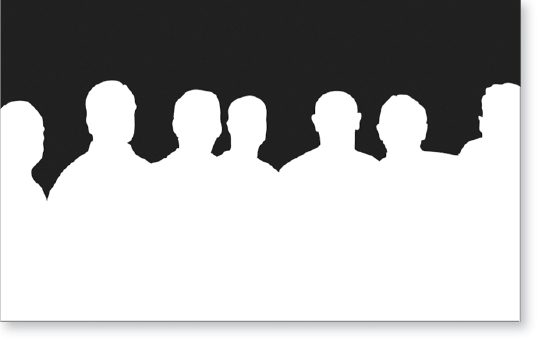 Citizens of the World
Citizens of the World
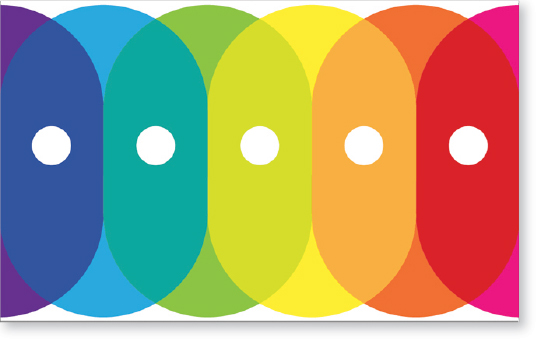 Sharing One World
Sharing One World
We have, in reverse order of popularity here in the studio, five potential designs for the fUK.
Design one: Three countries in one
The simplest - and least imaginative - solution to Scotland disuniting, is simply to lift the saltire of St Andrew out of the flag. So just two red crosses. Quite nice. But wait, where is Wales? Where was Wales in the Union Jack? Why didn't they have an alternative version of the Union Jack that they presented to Queen Anne in 1707?
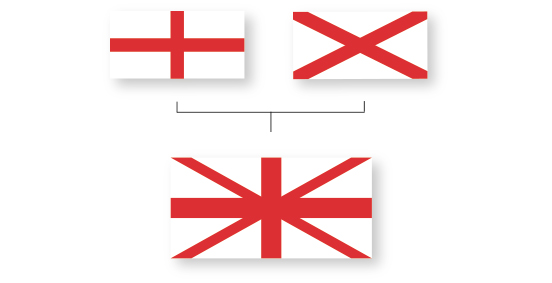
Our first design uses the cross of St George, and adds emblems from the flags of Northern Ireland and Wales. (The Red Hand of Ulster [dates back into the mists of time] and the Red Dragon of Wales [dates back to at least 800AD].) The great advantage of this flag is that for the first time, it represents the actual number of countries. Three. Wales gets a showing.
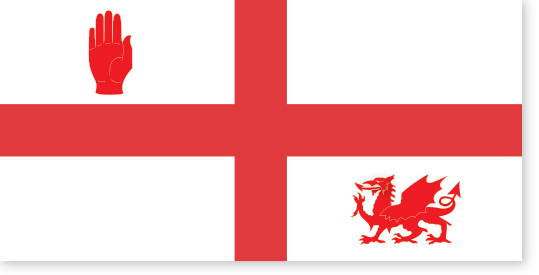 Three countries within a country
Three countries within a country
Design two: Joining Napoleon's Europe
As he conquered countries, Napoleon replaced their "old" flags with the new tricolore. Belgium, the Netherlands, Italy... I imagine he had a plan to reflag all of Europe. Several countries in Europe have subsequently adopted a tricolore.
Napoleon didn't design the tricolore, though. He just brought it unequivocal prominence as France's only flag. Who did design it is vague.
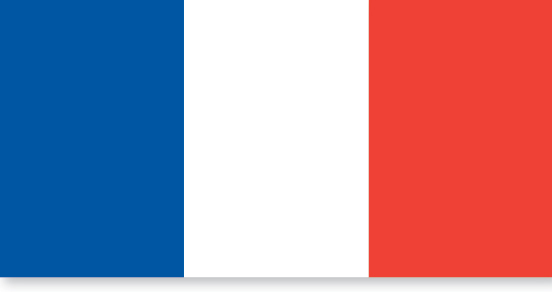
Somehow a whole crop of countries have gone for the horizontal tricolore. Starting with the Netherlands. Perhaps its a Protestant or Teutonic thing. (And those countries under Teutonic influence.) Loving the modernity, the simplicity, but not wanting to pay any acknowledgement to Catholic France.
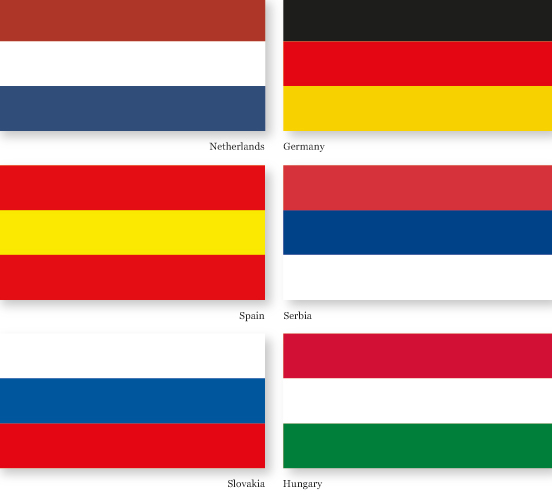
For the purposes of our messianic redesign project, we have brought these horizontal deviants into the vertical fold.
So, proposal two is: do what works. We have the logical internationally agreed units of measurement, the metre, the kilogram, we comply in all significant areas with shipping and flight paths, currency valuations, contract terminology, interlocking legal codes, lets add one more area of interconnectedness: our flag.
There is also the neatness that the tricolore is three bands of colour, one for each of the fUK's three countries.
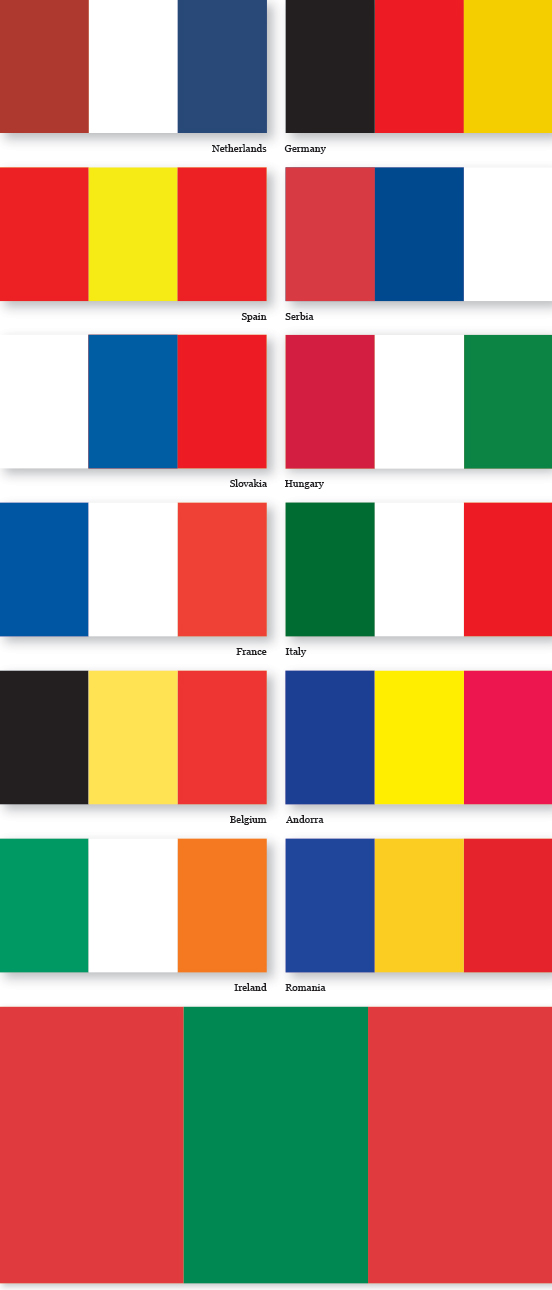 Three countries, three colours: red for England, green for Wales, red for Northern Ireland
Three countries, three colours: red for England, green for Wales, red for Northern Ireland
Design three: Three lions
The three lions has been an emblem for England for a thousand years. It began in France. (Don't tell the Daily Mail.) In the deep middle ages, a set of lions was the heraldic symbol for the Counts of Anjou - the numbers of lions varied, sometimes four, sometimes six, probably according to what they were displayed on, more space, more lions. Here is an image of Geoffrey Plantagenet, who married King Henry of England's daughter, Matilda. Through convolutions too lengthy to ever remember, his son became Henry II, King of England and the Plantagenet family with their crest of lions came to rule England (and Wales) and some of the time Scotland for three hundred years.
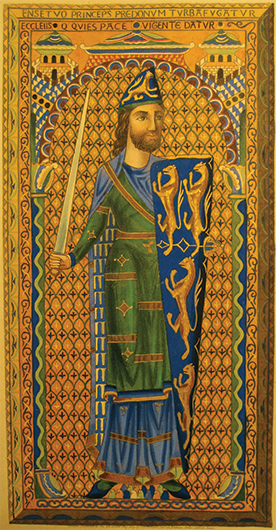
It is already used as the "royal banner of England".
Our proposal is the the flag come to represent the fUK. The Irish and Welsh are (presumably) happy to be known as the British Lions when it comes to rugby - the Lions is the team with players from each of the countries within Great Britain. Could they be happy to be one of the metaphorical lions on a new flag? We think this solution particularly suits British pugnacity - our willingness to fight with anyone, anywhere. Drunk or sober.
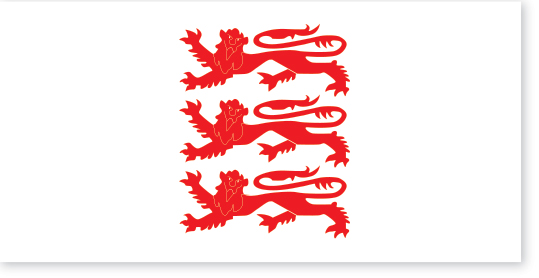
Design four: The white cliffs of Dover
The white cliffs of Dover were used in their campaign for the recent European elections by the maverick political party UKIP, as a symbol of all that is most precious to our "country".
(There are exactly matching white cliffs of Normandy too. No one plonked in front of them could tell them apart, they are made of the same chalk.)
Our fourth design is a flag based on the white cliffs - the bit of Britain that faces out towards the 'rest of the world'.
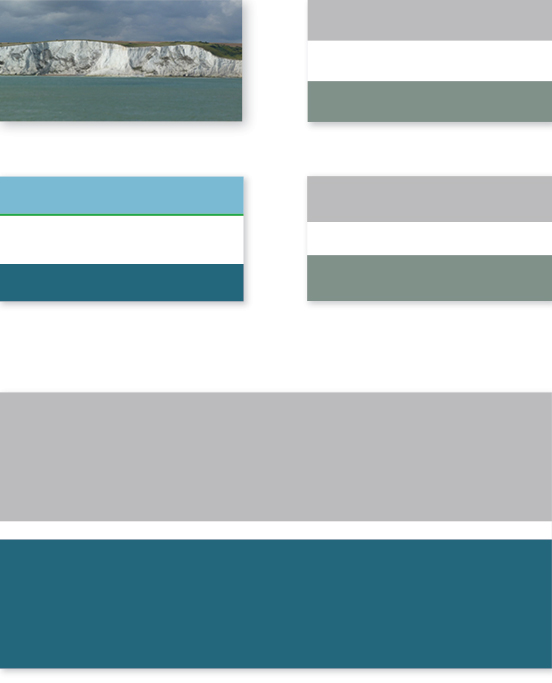
This version was chosen by the designer here in the studio who drew it, Kevin, who is French, because it looks like Britain seen from France.
Design five: Rose Rising
More history.
A word on flags, countries, and history. I think you ignore history at your peril. People need to feel that their flag represents something communal that they can (literally) look up to. Something that represents an essence of the history and relationships that they share with their fellow countrymen, something that can be shared even with their ancestors. Something that has been dug out of the shared nationality like the most concentrated diamond.
Not something that has just sprung from an artist's or designer's capricious imagination, and can only be understood in terms of that individual. Flags are about what is common. In the wonderful word of Oliver Cromwell's era: the Commonwealth.
Even a very modern flag design like the tricolore, which is so reductive and timeless it is simply three colours, is explained with reference to what the colours represent, deep strains of French culture.
So.
If the Tudor Rose is unfamiliar to you, read here. Its been a potent symbol of Britain for five hundred years. Long enough for its association with one particular family to be forgotten. What most people fail to realise is that it is actually two roses combined, a white fused with a red. It is a symbol of unity. Of two opposing sides, being at peace and united.
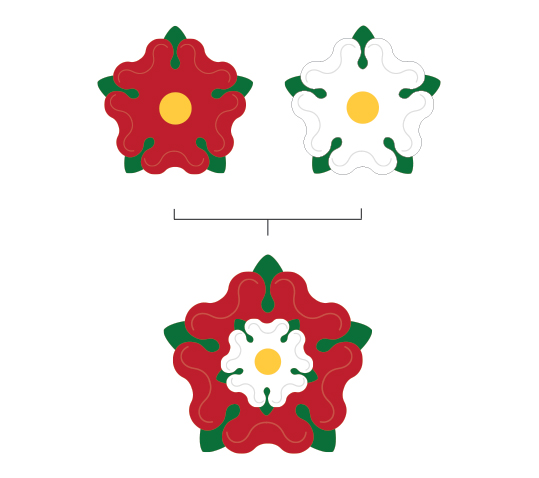
We love the fact that the symbol seems to cover so many aspects of the fUK.
It represents:
- unity: people of opposing views happily living alongside one another
- the fruitfulness of the British Isles: the verdance, the countryside, the gardens
- did we mention gardens: Britain's favourite activity
- the meandering, wiggly, organic paths that human lives and human interaction takes
- growth
- different petals, but one shared heart
- the cycle of life: constant renewal
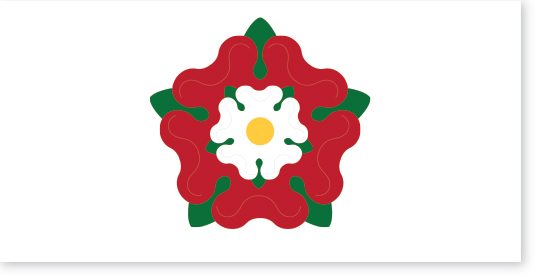
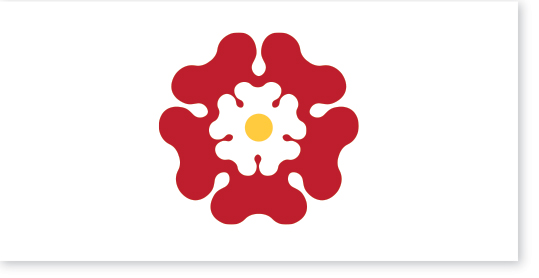
We think this says so much more than something so reductive like the tricolore, which can only be about the association of colours. (Kevin agrees.) With the rose we get colours, and we get symbolism that works for the past, and the future. Whether it is rendered with more drawing and more detail, or flat and graphically, we aren't sure. Beautiful, memorable, unique in the world of flags.
It makes us feel slightly better about living in the fUK.
Quentin Newark
et Kevin Denoual